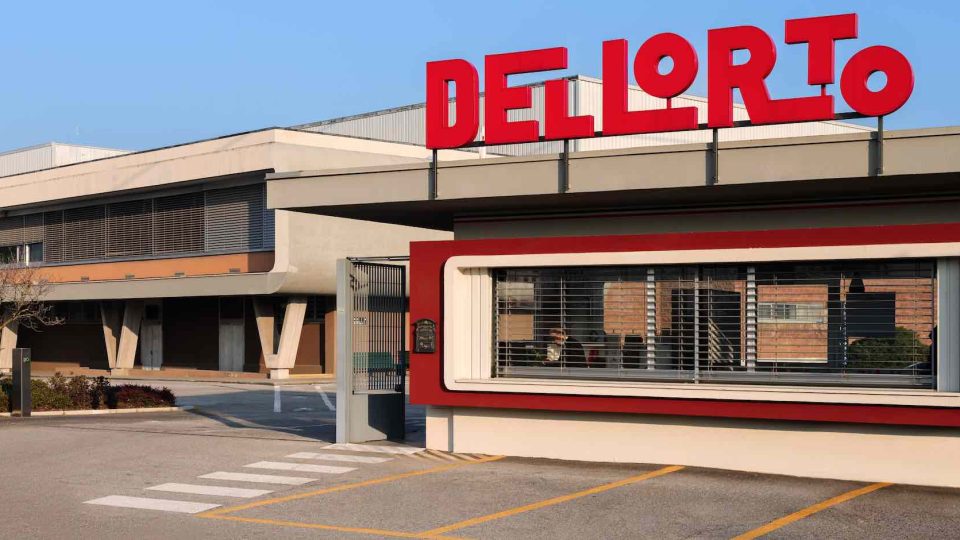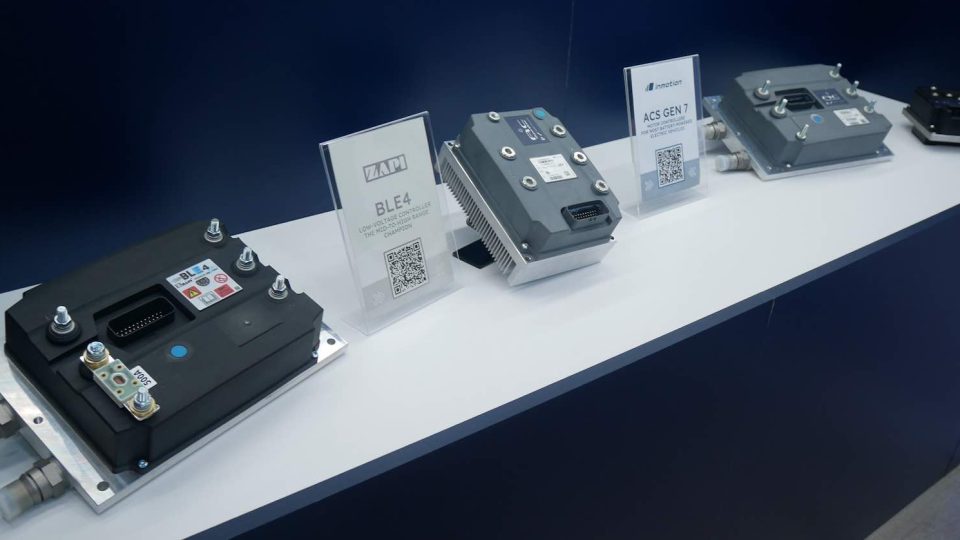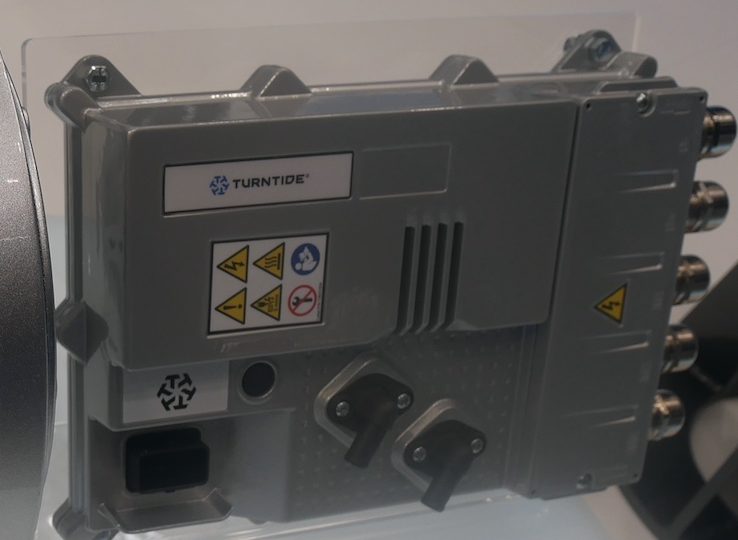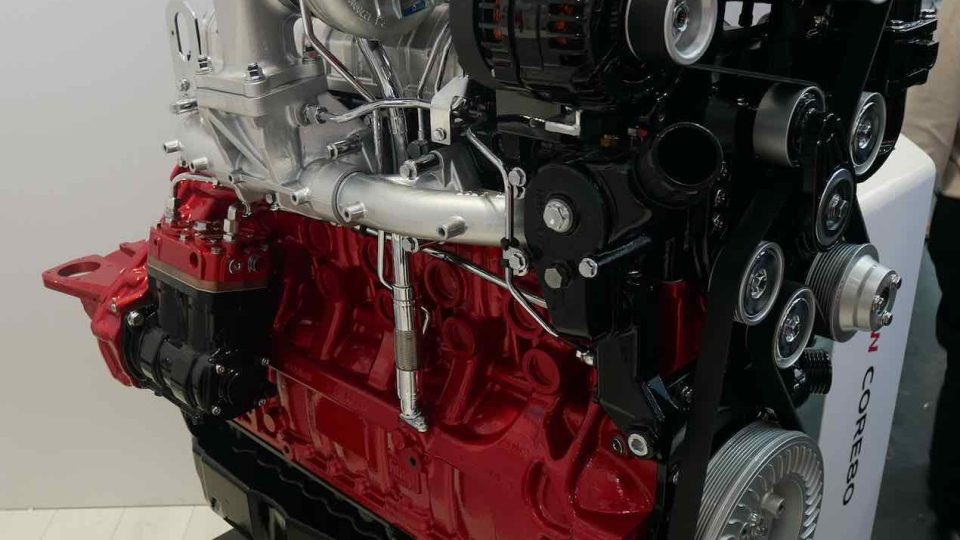Deutz at bauma 2025
At bauma Munich 2025 Deutz AG introduced Markus Vilinger as head of Deutz Classic displayed TCD3.9/40 and TCG 7.8 H2 and focused on telemetry platform
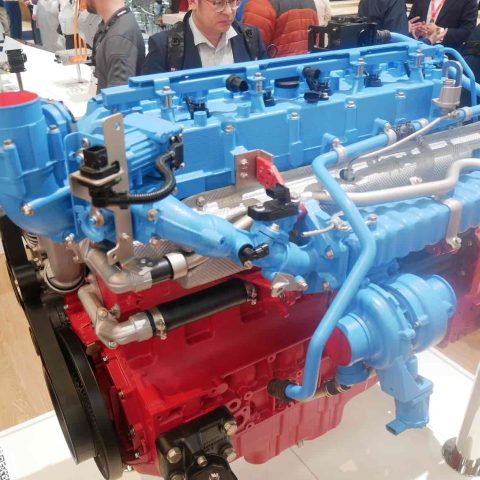
Having digested the acquisition of UMS, to support the electrification processes (the function initially performed by Torqeedo), at bauma 2025 Deutz introduced Markus Villinger, installed at the top of Deutz Classic. Coming from Daimler Truck, as they say he is definitely ‘on the ball’ when it comes to the off-highway mtu transfer from the 1000 series to the 1500 series. It will also be up to him to promote the Cologne stable’s latest thoroughbred, the TCD3.9/4.0.
At bauma 2025 Markus Vilinger as head of Deutz Classic
Markus Villinger has been responsible for product development, the technical customer interface, product management, and sales in this segment since April 1, 2025. Most recently, he was Executive Director Sales & Aftersales, Product Planning & Strategy Powertrain at Daimler Truck, and has more than 30 years’ experience in the automotive and engine sectors. Of his new role, Villinger said: “Deutz has an impressive history and a global brand, and its Dual+ strategy has set the company on the right path. The internal combustion engine will be with us for a long time to come, and I look forward to working with my team to keep the world moving with Deutz engines.”
TCD3.9/4.0 and Service
Among the highlights of Deutz at bauma 2025 was the latest thoroughbred colt from the Cologne-based stable, the 3.9-litre, which flanks the TCD3.6 and will replace the TCD4.1. Also the hydrogen combustion engine EU Stage V certified TCG 7.8 H2 was on display.
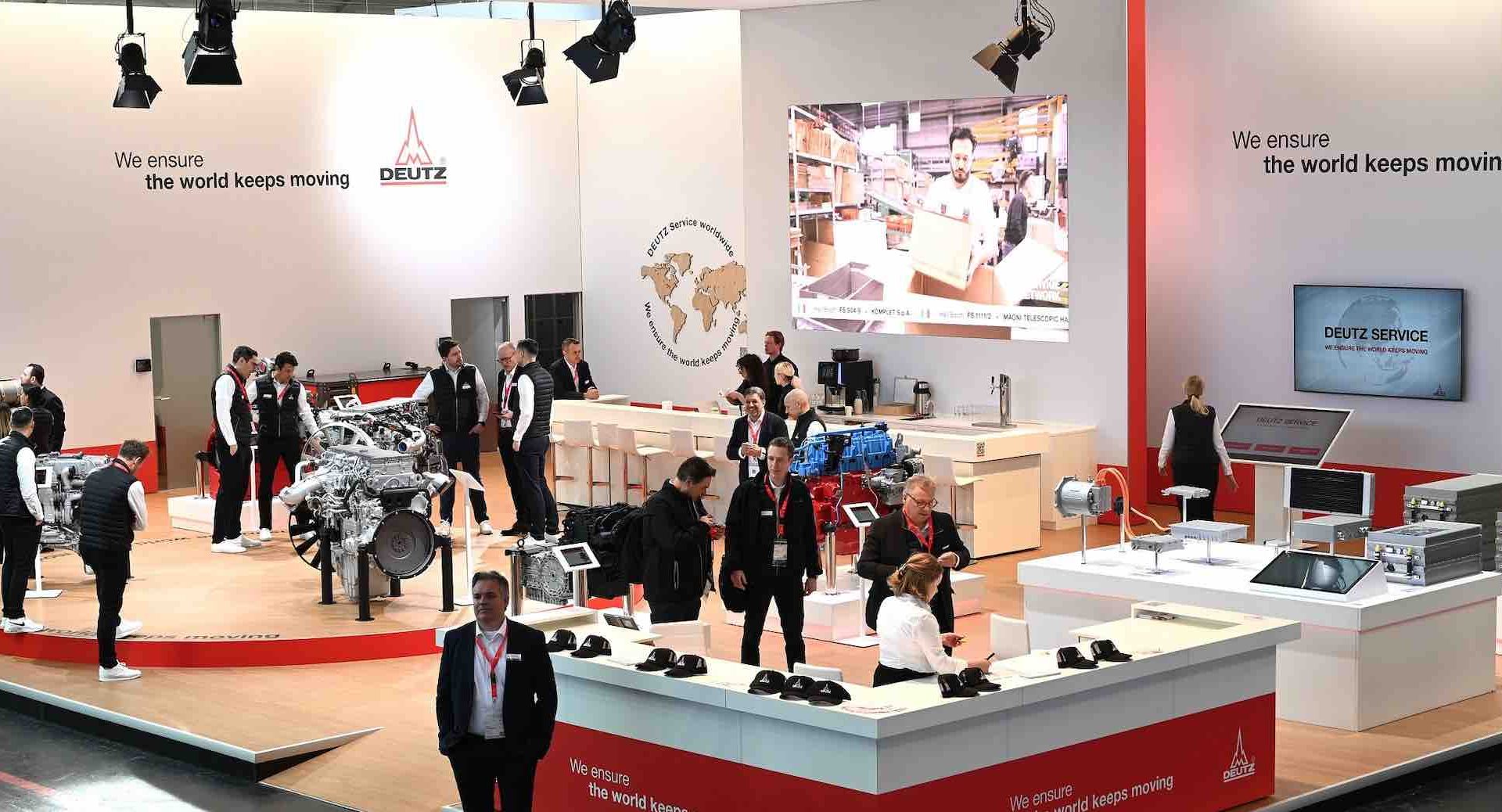
At bauma 2025 focus on the Xchange program featuring professionally reconditioned components and engines. The telemetry platform Fusion Hub from is a manufacturer-neutral solution for monitoring and optimizing equipment fleets in real time, irrespective of the individual asset’s location. The online tool provides configurable dashboards and versatile functions for analyzing networked machines and for predictive maintenance. This allows operators to increase the productivity of their equipment and reduce their operating costs at the same time.


